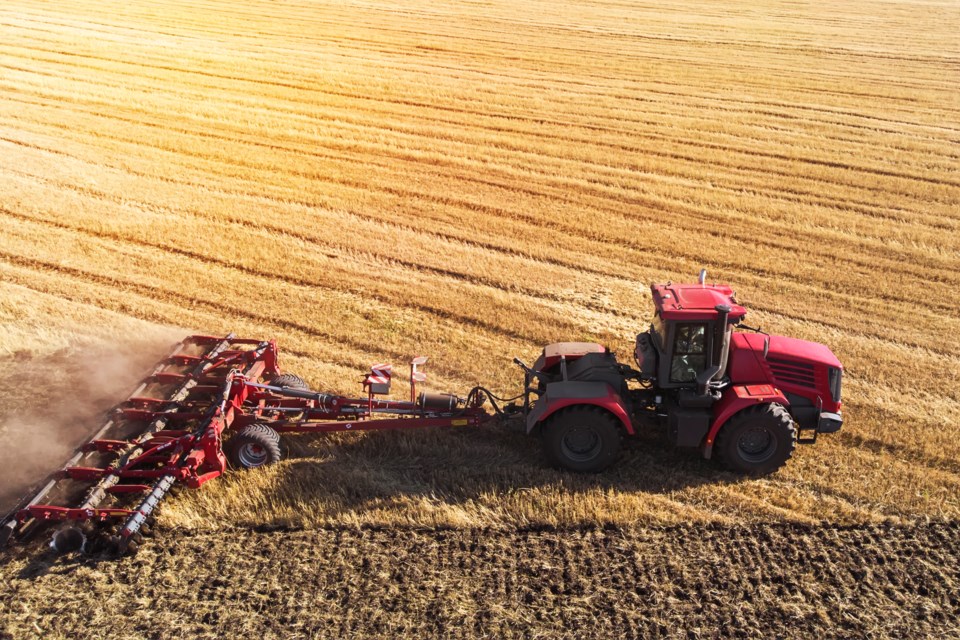UNITY - The west-central region has progressed through haying rapidly and are the most advanced in haying progress, according to the crop report for the period of July 11 to 17. With the region experiencing drought, many producers are hoping for rain to replenish soil moisture reserves.
Very little rain was received in the west-central region this week and, therefore, there was little relief for crops in this moisture-stressed area. The greatest amount of rain recorded this week was in Unity, with 18 mm 小蓝视频 reported. Topsoil moisture remains relatively unchanged this week. Sixteen per cent of cropland has adequate moisture, 55 per cent is short and 28 per cent is very short. Eight per cent of hay and pasture land has adequate moisture, 43 per cent is short and 49 per cent is very short.
The majority of crops in the region are at normal stages of development for this time of year. Oilseeds are the most ahead of normal stages of development. Spring cereals are the most behind, with nine per cent of the crop behind normal stages of development for this time of year.
Producers are the most advanced in haying in the west-central region compared to the rest of the province. Only six per cent of the first cut of hay is still standing, 13 per cent is cut and 81 per cent has been baled or silaged. The hay is of good quality. Producers are not anticipating a second cut and are expressing concerns about winter feed supplies. Estimated dryland hay yields in the region range from 0.5 (wild and greenfeed) to 0.7 (alfalfa and alfalfa/brome) tons per acre. Estimated irrigated hay yields are greater and range from 1.3 (greenfeed) to 1.9 (brome/alfalfa) tons per acre. Overall silage crops in the region are estimated to yield 2.0 tons per acre.
Crop damage this week is due to drought conditions and grasshopper damage. Many producers are busy scouting for grasshoppers, while also preparing for harvest.




